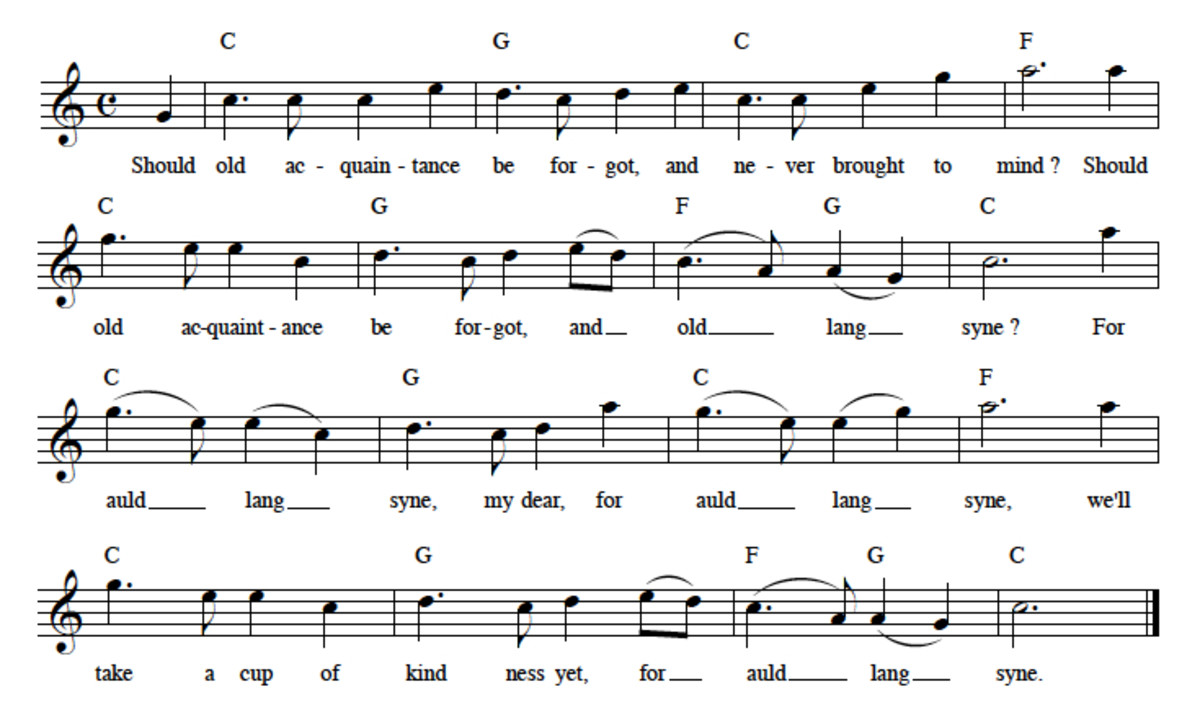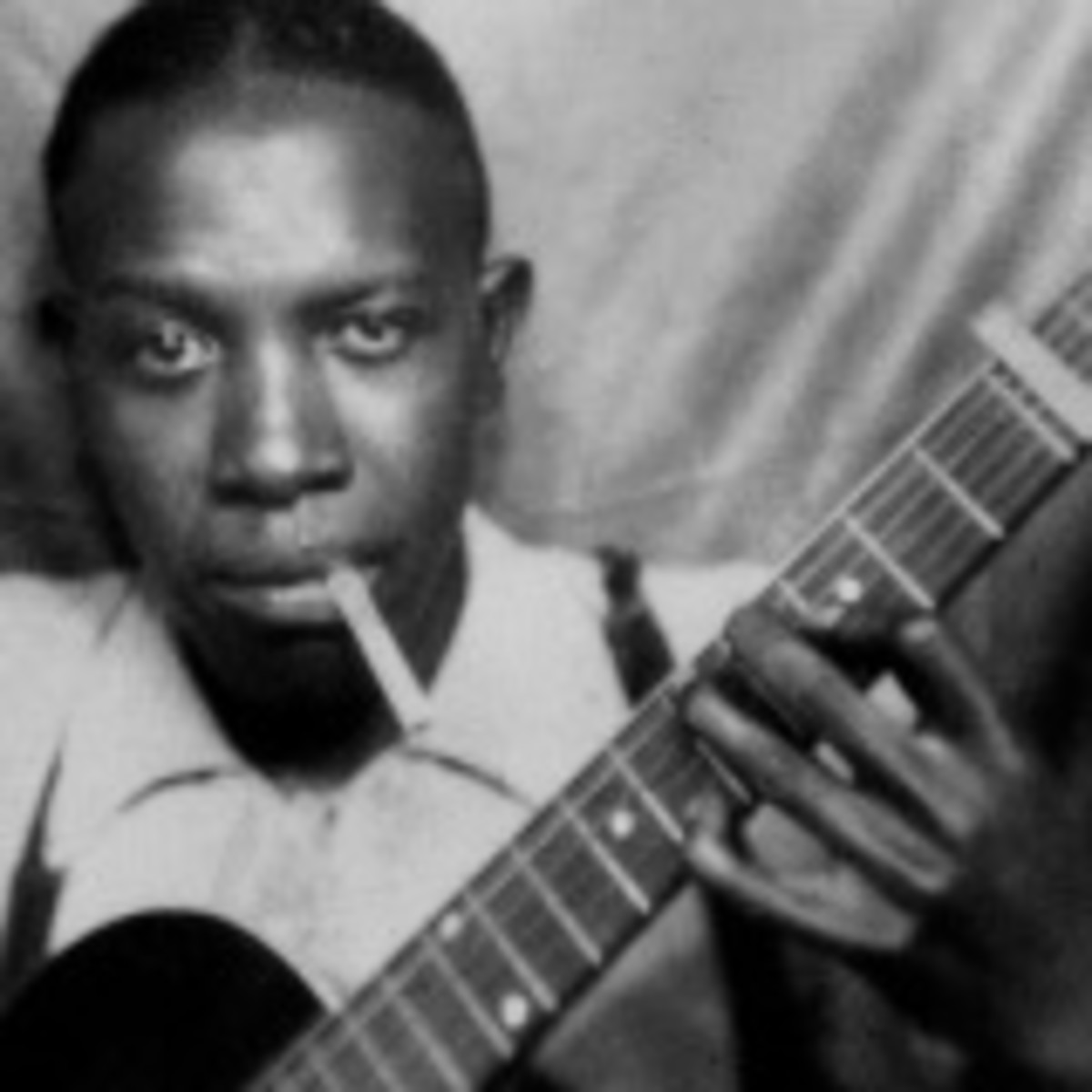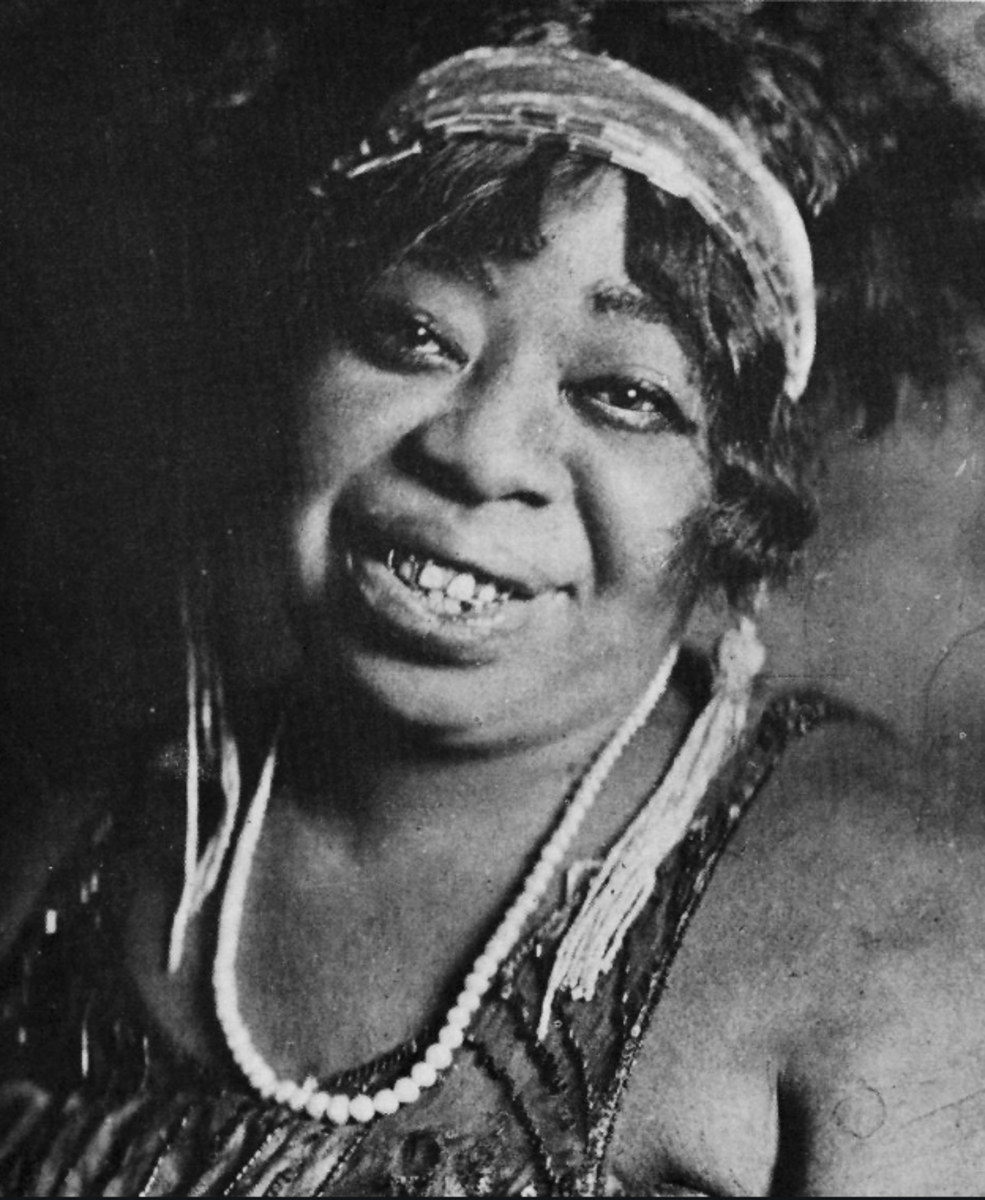How to Write Blues Music

Writing The Blues on the Piano
The blues scale gets its name from the use of so-called "blue" notes. These are notes that are flattened, giving them a mournful or sad quality.
In the first graphic below you can see the blues scale written out beginning on the note C. You'll notice that it doesn't include every note you'd expect to find in the normal C scale. For instance, there's no A, but there are two F's.
The "blue" notes are the flattened 3rd, 5th and 7th notes of the scale. In case you're wondering, the F sharp is sometimes written as G flat. It is a flattened note (flattened 5th) but some people find it easier to read as an F sharp.
Try playing the scale yourself to see how it creates its own distinctive flavor.
The Blues Scale on the Piano

Understanding the Blues Scale
The Blues Scale is a hexatonic scale. That means it only has 6 notes (hexa comes from the ancient Greek word heks, meaning six). There are many variations on the blues scale, but this one os popular among jazz musicians when combined with the 12-bar blues structure.
Using the Blues Scale in a Song
Here's a little tune that makes use of the blues scale.
Notice how the right hand uses triplets and syncopated or off-beat rhythms, another feature of the blues. The left hand creates chords made from the notes of the blues scale. Notice that the E is flat, while the B in the last bar has been raised to make the harmony sound more convincing and final.


Getting Variety in the Blues
Here's another little blues tune for you to try. You'll note that in the first bar the melody makes use of the F sharp, while in the second bar it uses only F. This is another technique used in blues music to add variety and keep the listener guessing.
When you get a chance, why not try making up your own blues tune? It's not that difficult once you understand the idea of the "blue" notes. Play the scale and the two examples a few times to make sure you feel comfortable with it.

Write Your Own Blues Melody on the Piano
To write your own melody using the blues scale, follow these simple steps below.
- Pick a few notes to start with
- Play the notes over and over on the piano to get used to how they sound
- Jazz the notes up with a funky rhythm
- Use this fragment to get your melody started
- Repeat the first phrase and add something new
- Change the pitch of the first bar (sequence) to move the melody around
- Finish with the final 2 bars of the first phrase
Did you manage it? Below I'm going to show you exactly how it's done, just in case you had any trouble working it out. It's surprisingly easy to do.
The Blues Scale Explained
Using the Blues Scale to Write Piano Music
We'll start by following the simple steps mentioned above. The first thing we need to do, then, is to pick a few notes to get things going. I've decided to keep it as simple as possible, so I'm going to use just two notes to start with: C and E flat. Here's the whole process explained with some pictures to help make it easier to follow:
- Pick a few notes to start with - I chose C and E flat
- Play the notes over and over on the piano to get used to how they sound - I did that
- Jazz the notes up with a funky rhythm - I used a simple swing rhythm
- Use this fragment to get your melody started - I repeated the back and forth movement between C and E flat as many times as possible. All of this gave me the first phrase of my melody:

Second Part of the Blues Melody Writing Process
The next thing I needed to do was:
- Repeat the first phrase and add something new - I repeated the first phrase (4 bars) exactly, but changed the second bar so it wouldn't sound too repetitive. Here's what I came up with:

Third Part of the Blues Melody Writing Process
Because I'm using the 12-bar blues format, I know that the next phrase - the next 4 bars - will also be the final phrase. That means I need to change things up a bit to increase listener's attention and give them something new and unexpected. The process requires me to:
- Change the pitch of the first bar (sequence) to move the melody around - this can be done simply by playing the first 4 notes of the melody at a different pitch. I did this on the note G, which is the dominant of the key of C, and then again on the note F, which is the sub-dominant.
- Finish with the final 2 bars of the first phrase - this gives the piece a rounded feeling and helps bring the melody to a conclusion. Here's the final phrase of my melody:

12 Bars of Blues
And that's all there is to it. Some might argue that my explanation is too simple, or that the piece I came up with is too basic. But you have to start somewhere. If you can achieve the same results as I did, the next step will be to try to increase the complexity of the melody, the rhythm or both. Or you can try adding left hand chords or a bassline.
Below you'll find a video I made in which you can hear the melody in full. It's a simple arrangement using just the right hand melody on piano but with the addition of a bass line and drum rhythm. I hope you enjoy it!






